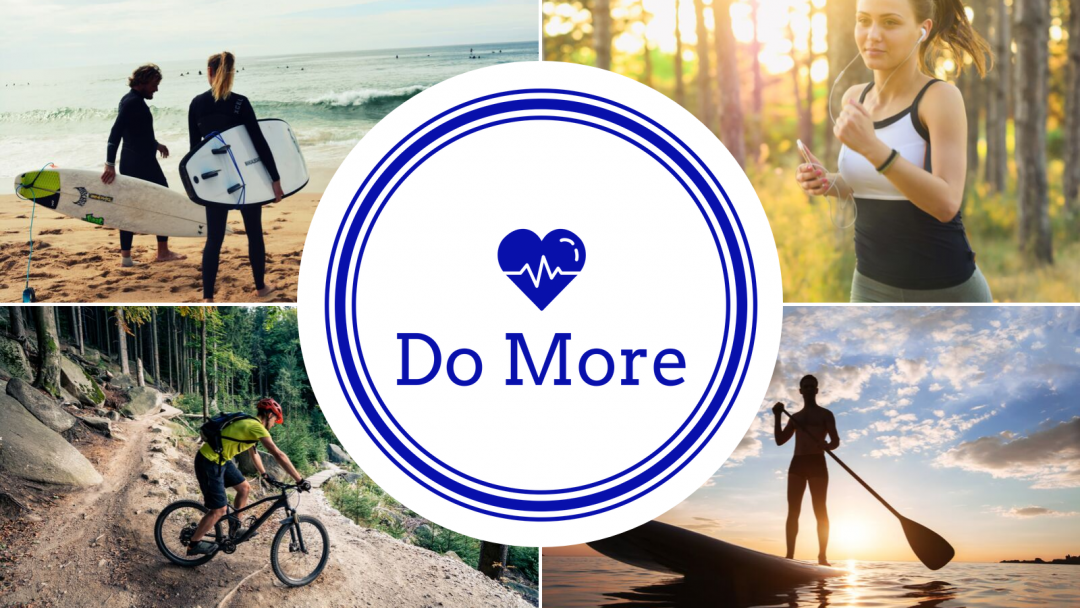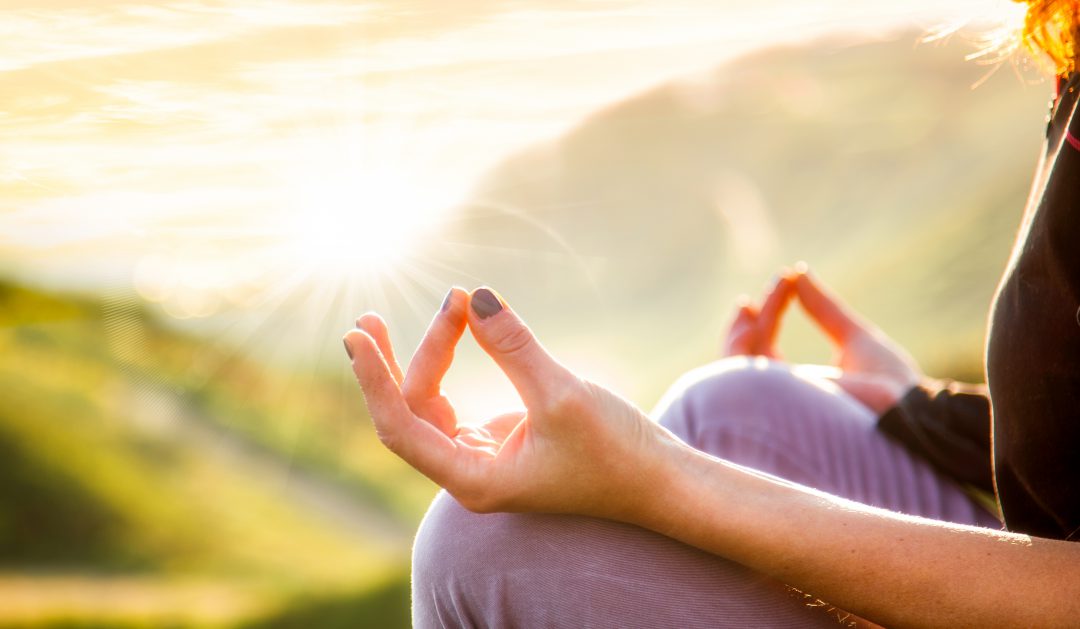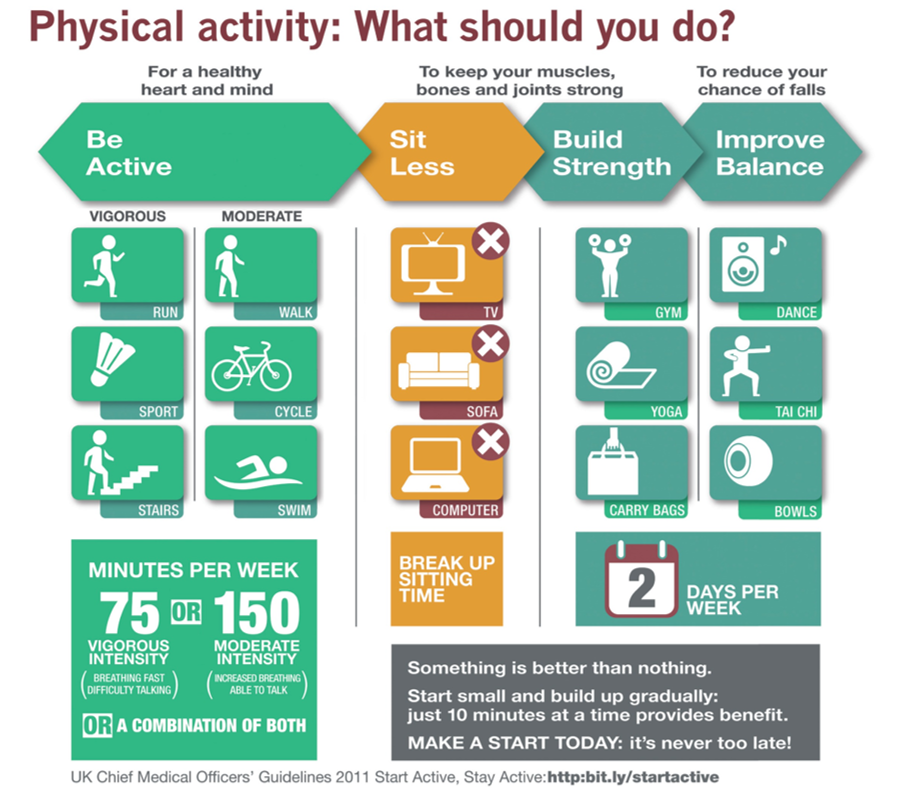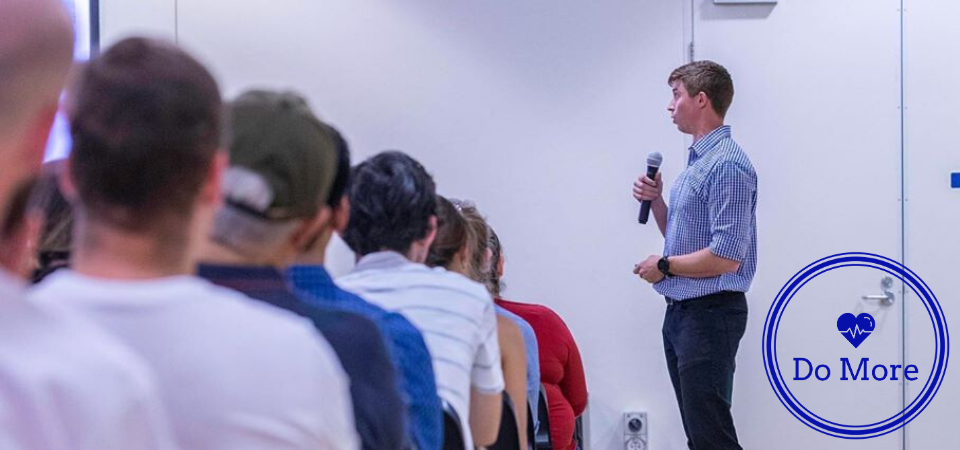Exercise and Anxiety: You’ve Got This
A dose of paracetamol can only ever help to reduce pain or a fever if it’s taken. This might sound like a pointless statement, but the point is about ‘adherence’. I start this article drawing your attention to adherence because when it comes to anxiety, it’s especially important.
Exercise can play a valuable role in tackling anxiety, something so many of us experience and sadly so many ignore. Anxiety disorders were found to be the most prevalent mental disorder in Australia, affecting 1 in 7 people.1 A US study2 found 40% of patients with anxiety reported no current treatment.
In this article we’ll talk through two points: what anxiety is and what you can do to improve it. This is designed to help you, your friends or your family. It is not written to outcast anyone but instead empower them. Anxiety can be helped.
What is anxiety?
Anxiety is characterised by an unpleasant feeling of concern for the future, combined with nervous system activation. Anxiety has both psychological components as well as physiological components.
Although anxiety is often a normal response (e.g. to threatening situations) it can be abnormal when severe, excessive, effecting daily functions or in response to non-threatening stimuli.
COVID-19
It’s abundantly clear the global pandemic has increased levels of anxiety that we’re experiencing with the health of friends and family impacted, employment affected, and social connection disrupted. In Australia, we’re lucky to have low case numbers, but the stress remains.
Exercise and anxiety
Neurotransmitters, Exposure or Self-esteem?
Theories as to how exercise improve anxiety include adaptations in the GABA, noradrenaline and serotonin neurotransmitter systems – all targets for antidepressant and anxiolytic medications. The placebo effect is thought to play a role – people expect exercise to help so it may work on a psychological level.
An effective therapy for anxiety and stress-related disorders is ‘exposure therapy’. The same principle is applied to expose people to symptoms of anxiety (e.g. raised heart rate, rapid breathing, sweating) in a controlled environment with exercise. Understanding that our heart beating harder and breathing faster can be normal and not induce anxiety.
Increased physical activity has been associated with increased physical self-esteem.4 Reduced self-esteem has been associated with elevated anxiety symptoms.5 Logically, increased physical activity can increase self-esteem which in turn reduces anxiety symptoms.
The Impact of Movement
Literature reviewed by Stubbs and Rosenbaum3 demonstrate an immediate beneficial effect of exercise on a ‘state’ of anxiety as well as long-term impact.
The undisputable benefit of physical activity for anxiety is the lack of ‘adverse effects’. Any medication comes with the risk of weight gain, mood disturbance, sleep disturbance etc. When increasing our level of physical activity, save the avoidable risk of injury, there aren’t negative effects to worry about. The hardest part of exercise is doing it! We even know that exercise can be used to reduce the side effects of medications used to combat depression and anxiety.
With the right guidance and moderation, risk of injury can be reduced. Consulting with an Accredited Exercise Physiologist or visiting https://www.exerciseright.com.au can help address this when starting out. Decisions around medication and management of mental illness should be made together with your doctor
Why is it so hard?
The problem is not that there aren’t treatments for anxiety, but that undertaking them can be the greatest challenge. “Poor adherence is a critical limitation of exercise interventions”.3
Factors affecting peoples’ adherence were vast (including to age, gender, ethnicity, occupation etc)6 but those to note were:
Perceived self-efficacy
Our own judgement on how well we can cope with the task.
Perceived lack of time
The most common barrier to exercise, despite us all having the same amount of time.
Exercise intensity
Higher intensity exercise has been shown to reduce adherence, although having a greater effect on anxiety and depressive symptoms. ‘Exercise undertaken at an individual’s preferred intensity resulted in higher compliance rates compared to prescribed intensity’7
Put simply, you can do this, start at your starting point and go from there. When it comes to physical activity, the benefit doesn’t come from what you do but that you do. You don’t have to do it all, just aim to Do More.
I have the privilege of working with Coast and Country Primary Care who are mental health specialists. They are dedicated to improving the health and wellbeing of our local community through the delivery of a broad range of programs and services. Their vision is Better Health – Better Life. Find out more at www.CCPC.com.au







